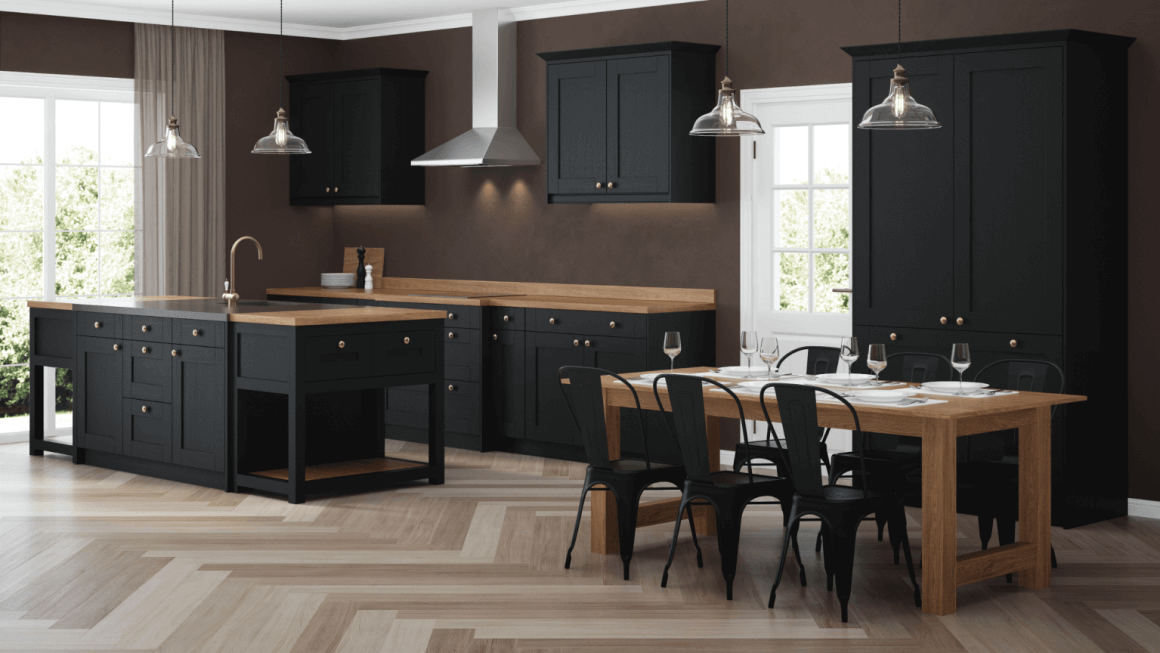When most people think of India they think of a magical and exotic country full of opulent treasures, exciting views, rich smells and beautiful decorations. India is a mysterious and vibrant place, and anyone who has been fortunate enough to travel there comes home eager to recapture some of that mystery and beauty in their own home.
Classic Indian Interior Design
Indian interior design is as rich and exotic as the country itself. Designs use combinations of strong colours such as purples, oranges and reds, mixed with earthy beige, sand and taupe, to create rooms that are a feast for the eyes.
Patterns and detailed decorations are an essential part of their interior design. Everything from the floor to the walls is covered in ornate rugs, wallpaper, throws and tiles. The detailed and rich accents are used to add variety to the rustic and more muted furnishings.
There is still a lot of spirituality in Indian culture, and statues, carvings, prints and ornaments with religious imagery are found in almost every Indian home.
The History of Indian Interior Design
Indian interior design takes a lot of inspiration from Hindu and Buddhist temples. In fact, the practice of having ornate paintings adorn the walls of Indian temples and homes predates even that. There is evidence of paintings of mythical and human figures in the cave temples of the Maurya and Gupta periods, from as early as 321BCE. Similarly styled works can be found throughout Indian history, all the way through to the 17th century murals in the Mattancheri palace.
Indian interior design is heavily inspired by their culture – hence the presence of elephants and religious icons in so many of their designs. They also rely heavily on textiles, something that they became famous for the world over, as the presence of words such as calico in western vocabulary proves.
Famous Indian Designers
One of the most famous interior designers in India today is Lipika Sud. Lipika has been active in the world of Interior design for more than 20 years, and is best known for creating modern, simple and stylish interiors that have a beautiful Indian twist. Her designs combine clutter-free, bright and airy modern design elements with the rich, luxurious influences of Indian style.
Another well-known interior designer from India is Tanya Gyani. She specialises in luxurious, rich designs that are influenced by the elegance of Delhi and the luxury of Kathmandhu. Her trademark is tranquil blues and peaceful greens, and she lives by the mantra “more is more”, favouring plush furnishings, luxurious throws and vivid decorations. Her work is in stark contrast to Lipika Sud’s, but both designers are unmistakeably Indian in their influences, showing how varied and versatile Indian design can be.
Tips to Get The Look
Indian interior design is rich and extravagant. Indians favour earthy colours and vibrant decorations. Reds, browns, golds and purples are all commonly found on Indian soft furnishings.
The furniture itself, however, should be kept neutral or dark – let the throws, rugs, pillows and ornaments bring colour to the room. Choose solid, sturdy furniture and internal doors with a slightly distressed look for maximum authenticity.
Scents are an important part of Indian culture. Use rich aromas to accent the rich sights and the interesting textures in each room.
If religious imagery is not something you want in your home, use carvings or figurines of elephants to add to the Indian theme.
Indian designers have an unprecedented eye for detail. Intricate beading, detailed embroidery and beautiful carvings all have a place in your interior designs. Don’t be afraid to mix and match, as long as everything fits the theme.
International Interior Design Tips
For interior design inspiration from all over the world, why not take a look at our International Interior Design Infographic and Interactive Tool. You can find out how to decorate your home in the style of an exotic, far away place bringing a taste of something special to your home.








